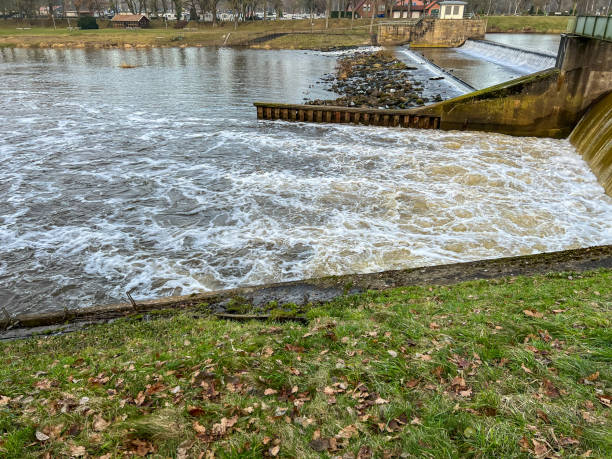
If you have an inverter at home, this article is for you because you experience frequent power outages. When connected to batteries, inverters allow a household’s operation to continue even if the power supply is down. Most owners don’t know how the system functions but realize that batteries are charged once the power is restored.
You also have to know that this backup power is not free. The monthly bill will reflect that the emphasis is drawn from the grid when the batteries are recharged. You must also be aware that the unit rates are on the rise. Solar energy can save you a lot of money in such a situation. You can also do your part for the environment.
Do not replace your inverter with a system of solar panels. Understanding your inverter will allow you to use it more efficiently and at a lower cost.
How do inverters function?
Inverters convert alternating currents (AC) from the mains to direct currents (DC). In this form, power can be stored for later use in batteries. When the power supply fails again, your inverter “inverts” the DC stored into AC so that your appliances run. It is because DC does not work with appliances or lights. The inverter plays this critical role while the battery set stores energy. How do you switch from this to solar power?
Solar conversion kit
Solar conversion kits are an additional device and a solar panel that can be connected to the existing inverter of your home, converting it into a hybrid system. Solar panels can be connected to the inverter, and the system will become a hybrid solar inverter. The solar conversion kit allows any inverter to be converted into a hybrid solar inverter.
More information on the solar conversion kit
The solar conversion kit is a two-part system that adds new components to your existing inverter. First, there is the solar photovoltaic panel (PV). If your household needs more power, you can add additional panels. As photons from sunlight knock electrons off, the cells of the PV panel transform light energy into an electric charge. The board is made up of multiple cells that generate DC. Since India is in the Northern Hemisphere, the panel should face south and be tilted toward the sun.
The solar converter is another critical component. It is used to regulate the charging of the battery by matching the voltage of the PV panels to the battery. It also governs discharge (when using the battery backup to power appliances). This feature reduces the chance of damage to batteries and increases their lifespan. Batteries are expensive components of your system. Charge controllers, however, are not costly.
